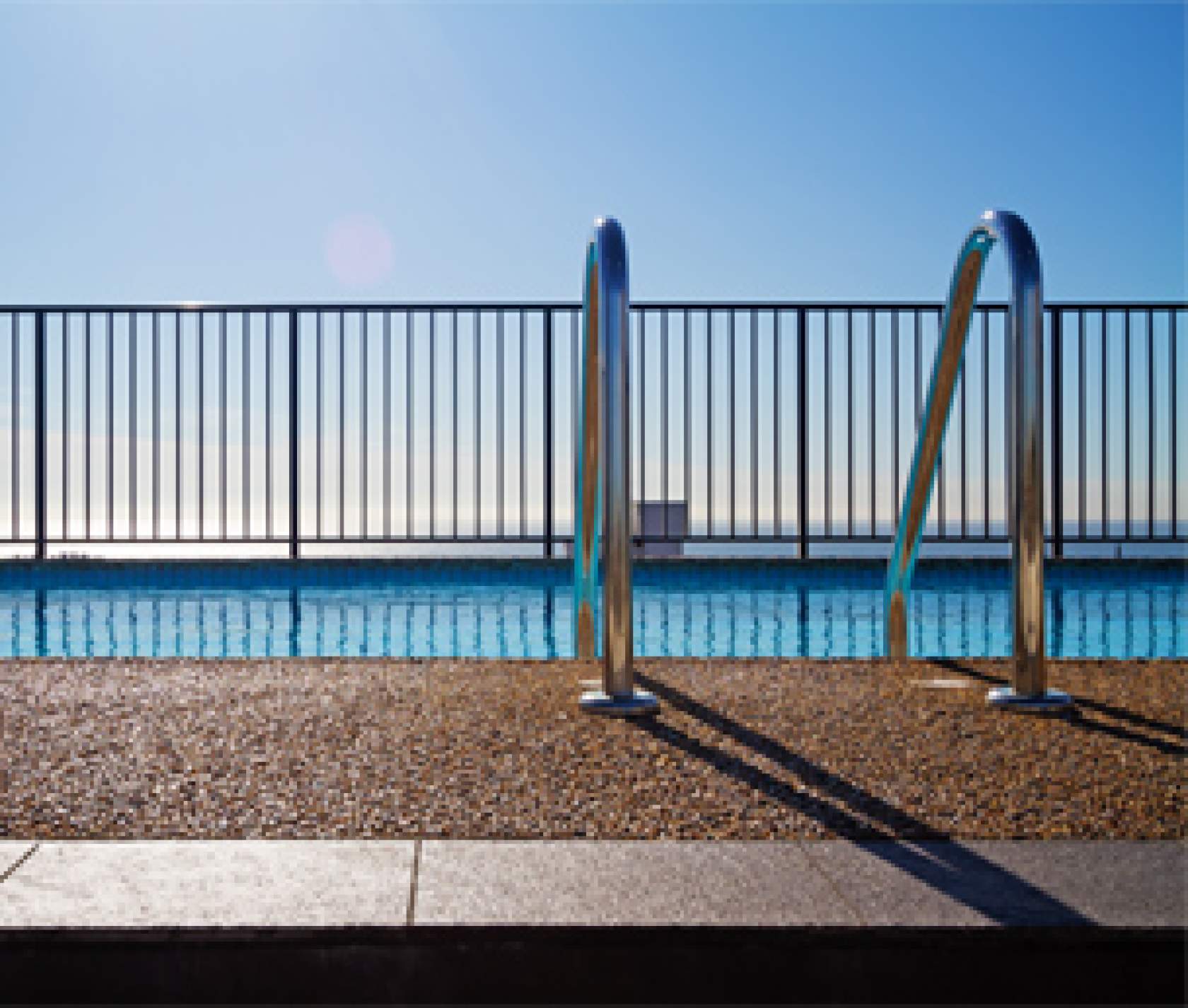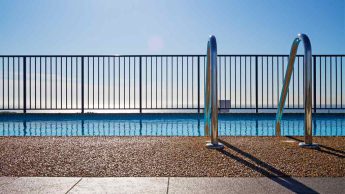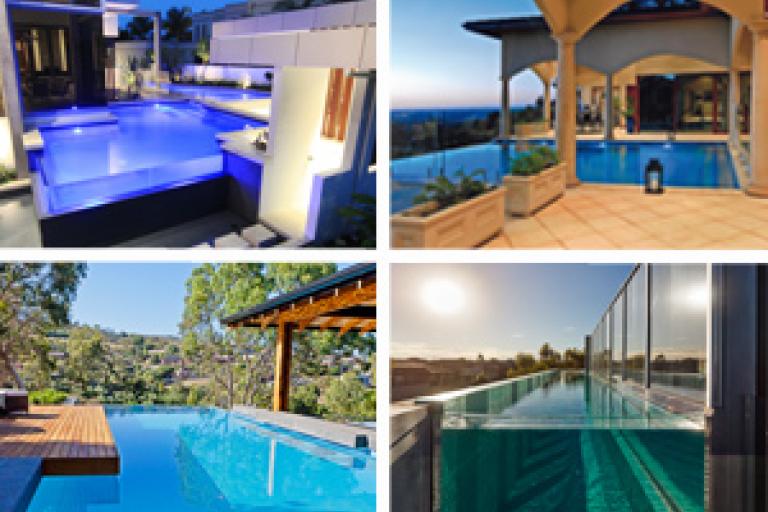New Zealand parliament passes new pool fencing laws


The New Zealand Parliament has passed laws which the Building and Housing Minister, Dr Nick Smith, says will better protect children from drowning in swimming pools while also making the requirements more practical and enforceable.
Among the changes are the ability to have an out-of-ground pool wall considered part of the safety barrier, and that lockable spa covers will be considered acceptable in place of spa fencing.
Additional safety measures include the requirement for thee-yearly inspections, greater enforcement capability and the requirement for retailers to inform purchasers of their obligations.
“The law change in 1987 requiring swimming pools to be fenced reduced the accidental drowning of children from more than 100 per decade to about 20 per decade. The measures in the Building (Pools) Amendment Bill take effect on 1 January 2017 and are expected to save an additional six young children’s lives per decade,” says Dr Smith.
“The most important safety improvement in this Bill is the compulsory nationwide requirement for all swimming pools to be inspected and certified every three years. This addresses the problem that most drownings today occur because gates no longer close, fences have not been maintained or other changes have occurred that enable children to get access. Half of inspected pools have been found to be non-compliant, exposing children to risk.
“The other safety improvements are the requirements on retailers and manufacturers to inform purchasers of their legal obligations for child safety and introducing new enforcement tools such as notices to fix and infringement notices. Councils have been reluctant to enforce the existing law because of the high cost of a full court prosecution. These new tools will help improve compliance.”
Opposition to laws
Some of the measures, in particular the removal of the spa pool fencing requirement and the ability to have alarmed gates rather than self-closing gates, have attracted criticism from the opposition and safety groups.
New Zealand has an estimated 100,000 spas pools and hot tubs.
The Greens opposed the legislation and the Labour Party opposed it particularly because of the change to self-closing and locking gates.
Labour MP David Parker says alarms are too easily ignored, and many alarm systems are likely to stop working within the three-year inspection period.
However, Smith says the previous laws were impractical and rarely enforced.
“They will comply with the new law if they restrict access to young children by having a lockable, child-resistant cover and are at least 760mm above ground,” says Smith. “The new law also explicitly excludes garden and drainage ponds from having to meet swimming pool fencing requirements – rules which have given the existing law a bad name as impractical and which are rarely enforced.
“The new law is also less rigid in its fencing requirements, no longer requiring a pool to have to be fenced on all four sides if the access of children is adequately excluded. A cliff face or infinity pool feature where children cannot get access will meet the law. It also allows new technologies to be used to ensure gates and doors prevent access.”
The new swimming pool safety requirements are incorporated into the Building Act rather than as a standalone statute, which Smith says enables better integration with other safety and building regulation powers for inspections, enforcement, waivers and modifications. It also enables inspections and certification to be done by approved, independently qualified pool inspectors rather than only council officers.
Main changes
• Three-yearly council pool inspections required
• Spas and hot tubs can have lockable covers instead of fences
• Garden pools and drainage ponds won’t need fences
• Alarmed gates rather than automatically locking gates acceptable
• Infinity pools and pools by a 20-metre cliff do not need four-sided fencing
• Increased capability for councils to pursue infringements




